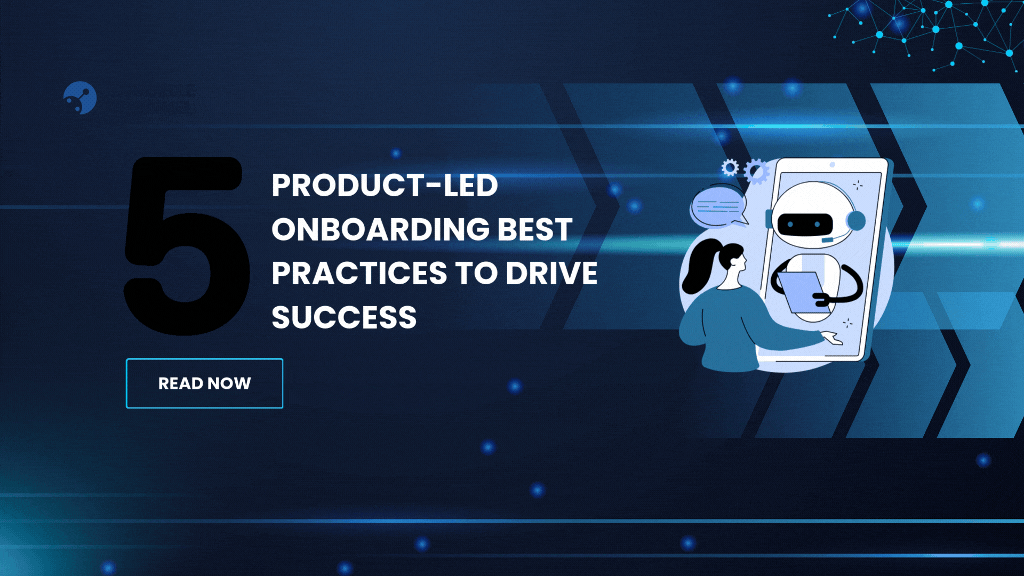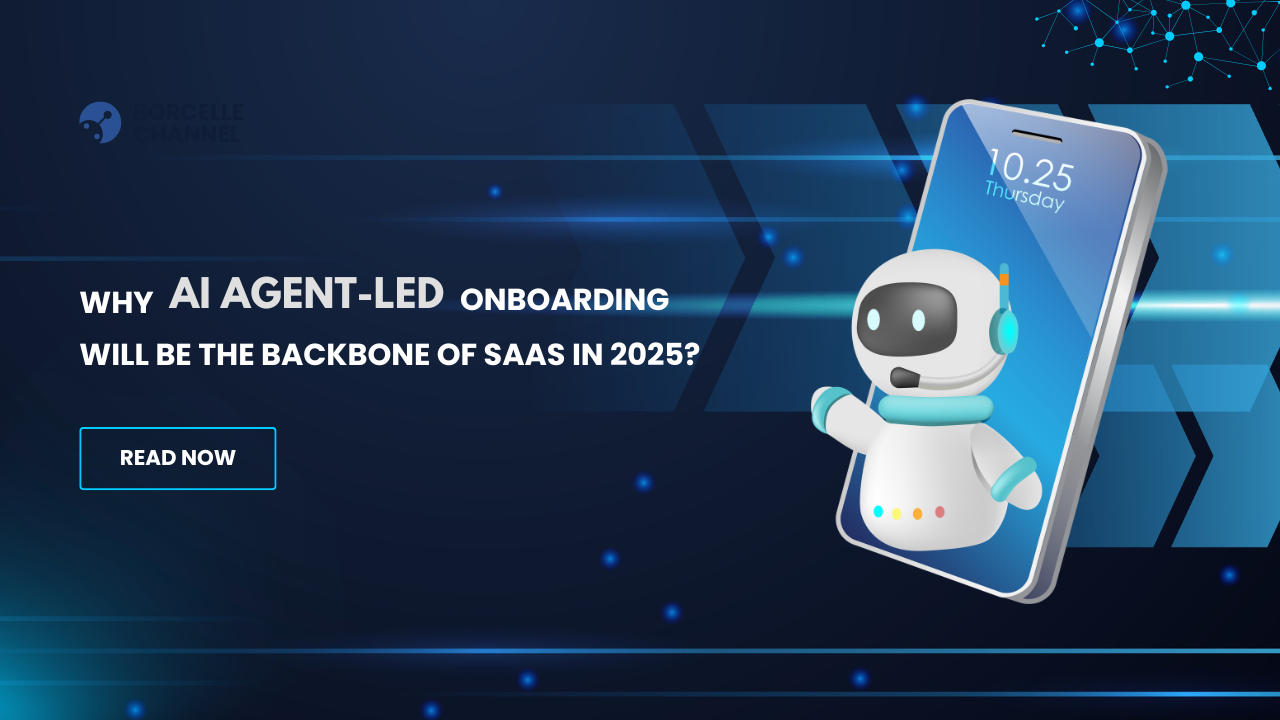
Say you downloaded a new app or signed up for software, and within minutes, you already understand its core benefits. That’s product-led onboarding. It’s about making your product the hero of the user journey by guiding, teaching, and delivering value seamlessly.
In fact, companies with effective onboarding see 75% higher user retention in the first week alone. Let’s unpack the details and dive into examples of how you can perfect your onboarding flow.
What Is Product-Led Onboarding?
Product-led onboarding introduces users to your product by demonstrating its value from the start. It focuses on a self-service model, where the product itself provides guidance, support, and a sense of achievement.
Think of tools like Slack, Canva, or Zoom. When you sign up, the product doesn’t just sit there waiting for you to figure it out, it actively shows you around.
Why It’s Important?
-
First impressions matter: If users feel lost or overwhelmed, they’re likely to churn.
-
Cost efficiency: Reduces the reliance on manual training or live demos.
-
Scalability: Perfect for SaaS businesses with large, global user bases.
1. Simplify Your Sign-Up Process
Why It Matters
Every unnecessary step in sign-up is an opportunity to lose a user. According to a few resources, 67% of users abandon onboarding flows due to complexity.
Examples of Great Sign-Ups
-
Notion: Offers a minimalistic sign-up with options to sign in using Google or Apple. They also ask about your use case (e.g., personal or team) to tailor the experience.
-
Dropbox: Uses clear CTAs and progressive disclosure, showing users only the fields they need at each step.
Actionable Tips
-
Use only essential fields: Name, email, password—no extras.
-
Provide sign-up options through platforms like Google or LinkedIn.
-
Show progress with a step tracker to reduce anxiety.
Bonus Tip: Add a warm welcome message right after sign-up to acknowledge users’ effort and set expectations.
2. Deliver Value Quickly (Time-to-First Win)
What It Means
Your user should feel the value of your product in minutes, not hours. This is often referred to as Time-to-First Value (TTFV) or Time-to-First Win.
Examples
-
Canva: Immediately suggests templates based on user needs. First-time users can easily create a professional design in minutes, thanks to drag-and-drop functionality.
-
Grammarly: After sign-up, users can upload text and see corrections instantly, demonstrating its core feature right away.
How to Implement
-
Identify the most important problem your product solves.
-
Guide users toward solving that problem with minimal effort.
-
Celebrate small milestones with badges, messages, or animations.
Pro Tip: Use email nudges to guide inactive users back to your product to achieve their first win.
3. Use Contextual Product Walkthroughs
What Are They?
Interactive walkthroughs deliver help when and where users need it most. Instead of overwhelming them with a complete tutorial upfront, they offer guidance specific to what the user is trying to do.
Real-World Examples
-
Slack: When you first join, it walks you through sending messages, tagging teammates, and creating channels with clear instructions.
-
Trello: Highlights boards, lists, and cards one at a time to ensure you understand each feature without feeling overwhelmed.
How You Can Do This
-
Use tooltips to explain features as users hover over them.
-
Design an onboarding checklist to show progress and completion.
-
Segment walkthroughs for different user roles (e.g., admin vs. team member).
Fun Tip: Gamify walkthroughs by offering points or rewards for completing onboarding steps.
4. Leverage Data-Driven Personalization
Why It’s Crucial
A tailored experience feels more relevant and engaging. Personalization improves activation rates by up to 30%.
Examples in Action
-
Spotify: Asks for your favourite genres and artists during onboarding. Immediately, you get a curated playlist tailored to your preferences.
Steps to Implement Personalization
-
Use data collected during sign-up to guide the onboarding flow (e.g., role, industry, or goals).
-
Analyze user behaviour to identify pain points and adjust messaging.
-
Trigger in-app messages or emails based on inactivity or progress.
Pro Tip: Send re-engagement emails that address specific milestones or steps the user missed.
5. Measure and Iterate Your Onboarding Flow
What to Measure
To keep improving, you need to track how users engage with your onboarding process. Key metrics include:
-
Drop-off rates: Identify where users stop engaging.
-
Feature adoption: How often are key features being used after onboarding?
-
Activation rates: What percentage of users complete onboarding?
Tools to Help
-
Hotjar: Analyze where users click or drop off.
-
Mixpanel: Track activation and retention rates.
-
Metaculars AI: Build and test onboarding flows while tracking performance.
Iterative Approach
-
Conduct A/B tests to identify the most effective messages or flows.
-
Collect feedback from users via surveys or in-app forms.
-
Continuously experiment with new formats like videos, gamified checklists, or AI-based guidance.
Final Thoughts
Product-led onboarding is one such approach that drives retention, engagement, and ultimately revenue. Brands like Canva, Slack, and Trello have mastered the art of onboarding by focusing on simplicity, quick wins, and personalization.
With Metaculars AI, start small by simplifying sign-ups, then scale up with walkthroughs and data-driven personalization. Remember, the product is your hero—let it lead the way.
What’s your favorite onboarding hack?
(1).gif)

.png)
(2).png)
(3).png)
.png)
